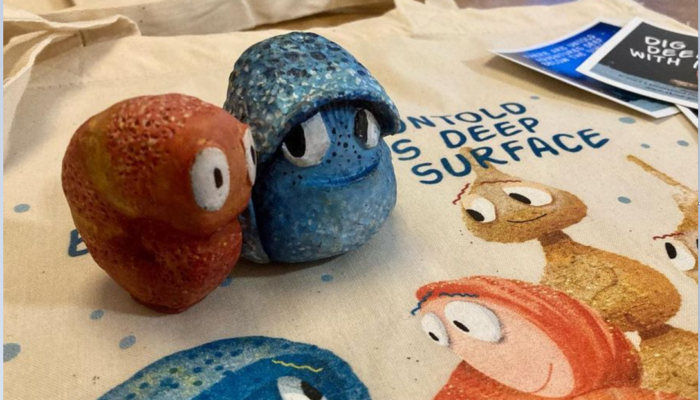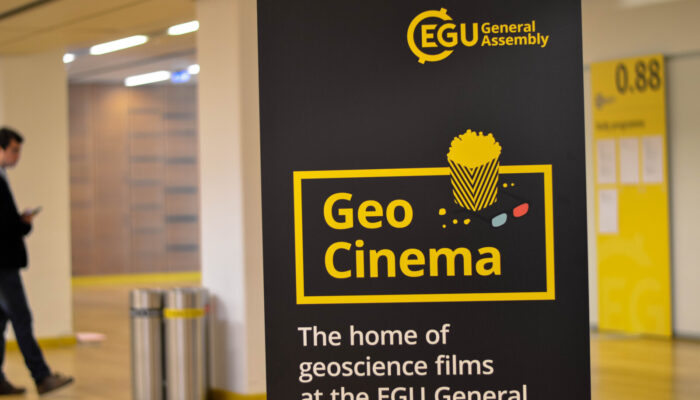There are so many great events to participate in at EGU25 this year, in both on-site and virtual formats, that it can be very easy to feel overwhelmed. Whilst we encourage you to make good use of your Personal Programme to help organise your activities, we also reached out to several of EGU’s Committees that are responsible for specific other aspects of EGU’s activities, including the ...[Read More]
Get our top Outstanding Student and PhD-candidate Presentation (OSPP) tips for EGU25, from previous winners and judges!
Every year at the General Assembly hundreds of students present their research with a lot of time and effort going into preparing these presentations. With the aim to further improve the overall quality of poster presentations and more importantly, to encourage Early Career Scientists to present their work in the form of a poster, the OSP Awards (as they were formerly known), were born. Since the ...[Read More]
EGU25 Photo Competition finalists – who will you vote for?
This year’s Photo Competition judging panel did a fantastic job of narrowing down the outstanding photo submissions to the EGU’s Photo Competition to just 10 finalists! The finalist photos are listed below and on the Imaggeo website where you can vote for them from Sunday 27 April until Thursday, 1 May 2025 – voting closes at 18:00 CEST. The three photos with the most votes will be an ...[Read More]
GeoCinema: coming soon to the EGU25 General Assembly!
After a big success last year, GeoCinema is back for EGU25! As many of you know, doing science is very rarely just about the research, but also involves sharing that research in several forms and formats. For many talented researchers this means using films. Either working with a film-maker or creating something themselves, several of our EGU25 attendees submitted wonderful films this year, from s ...[Read More]




